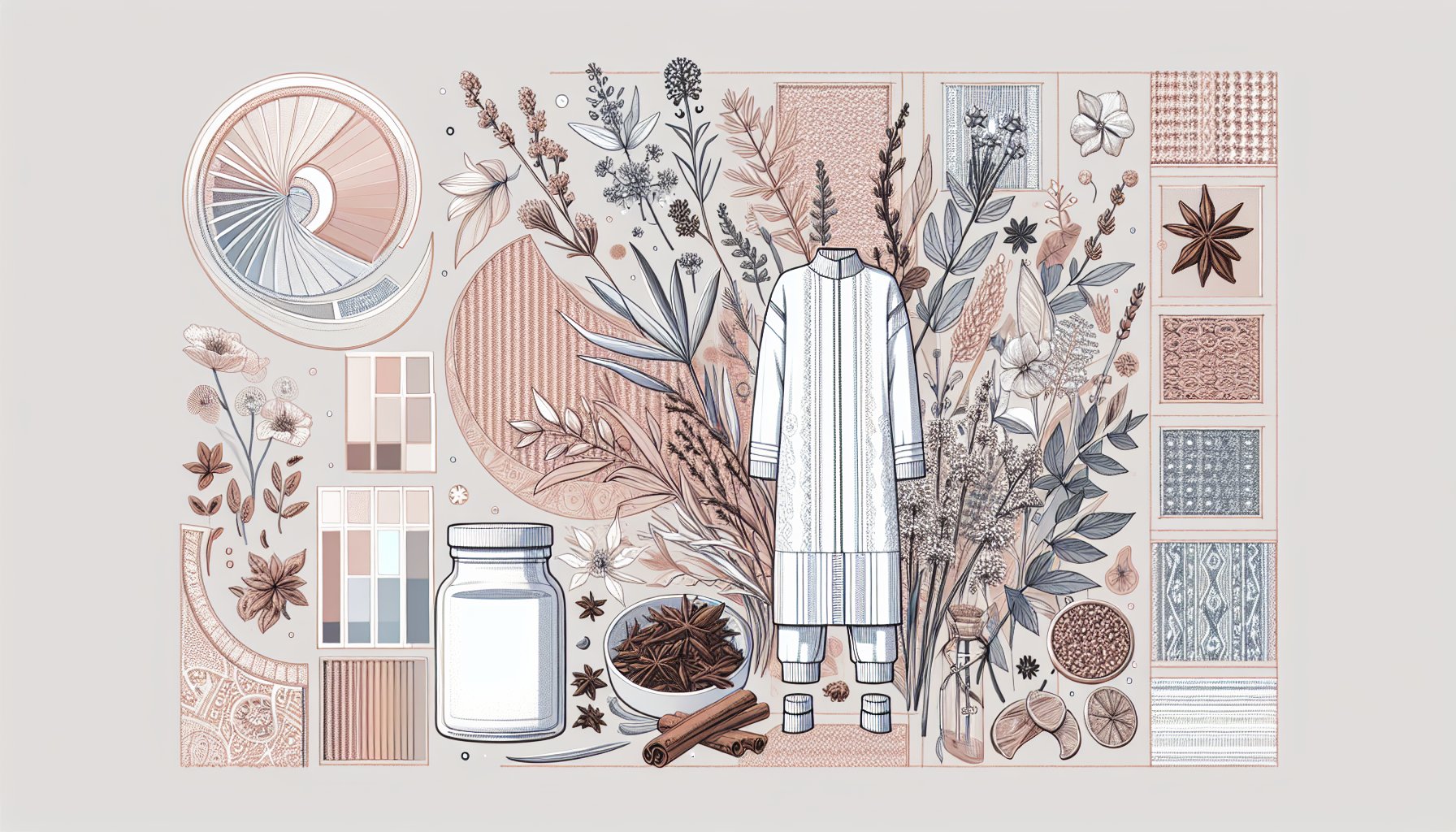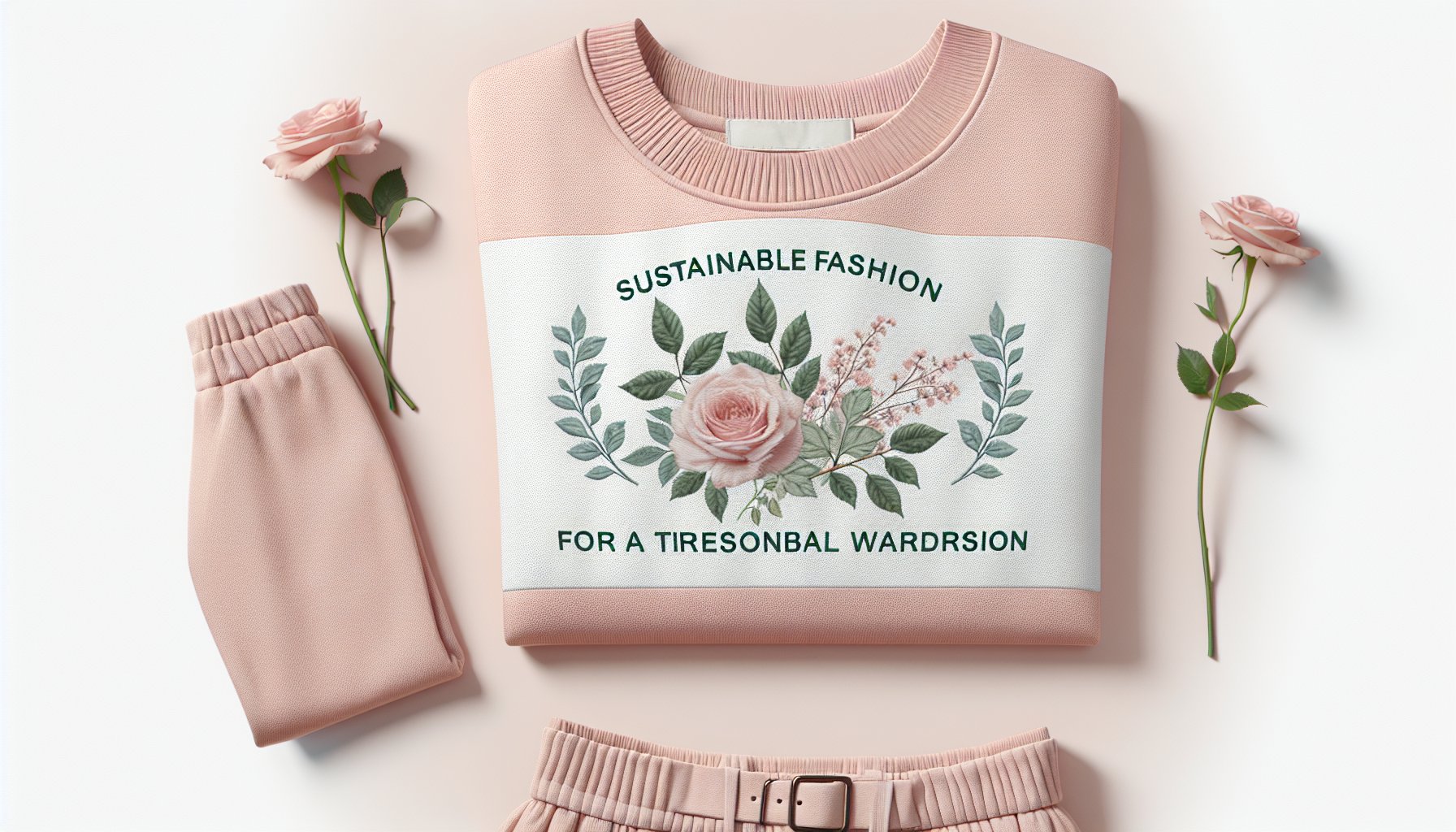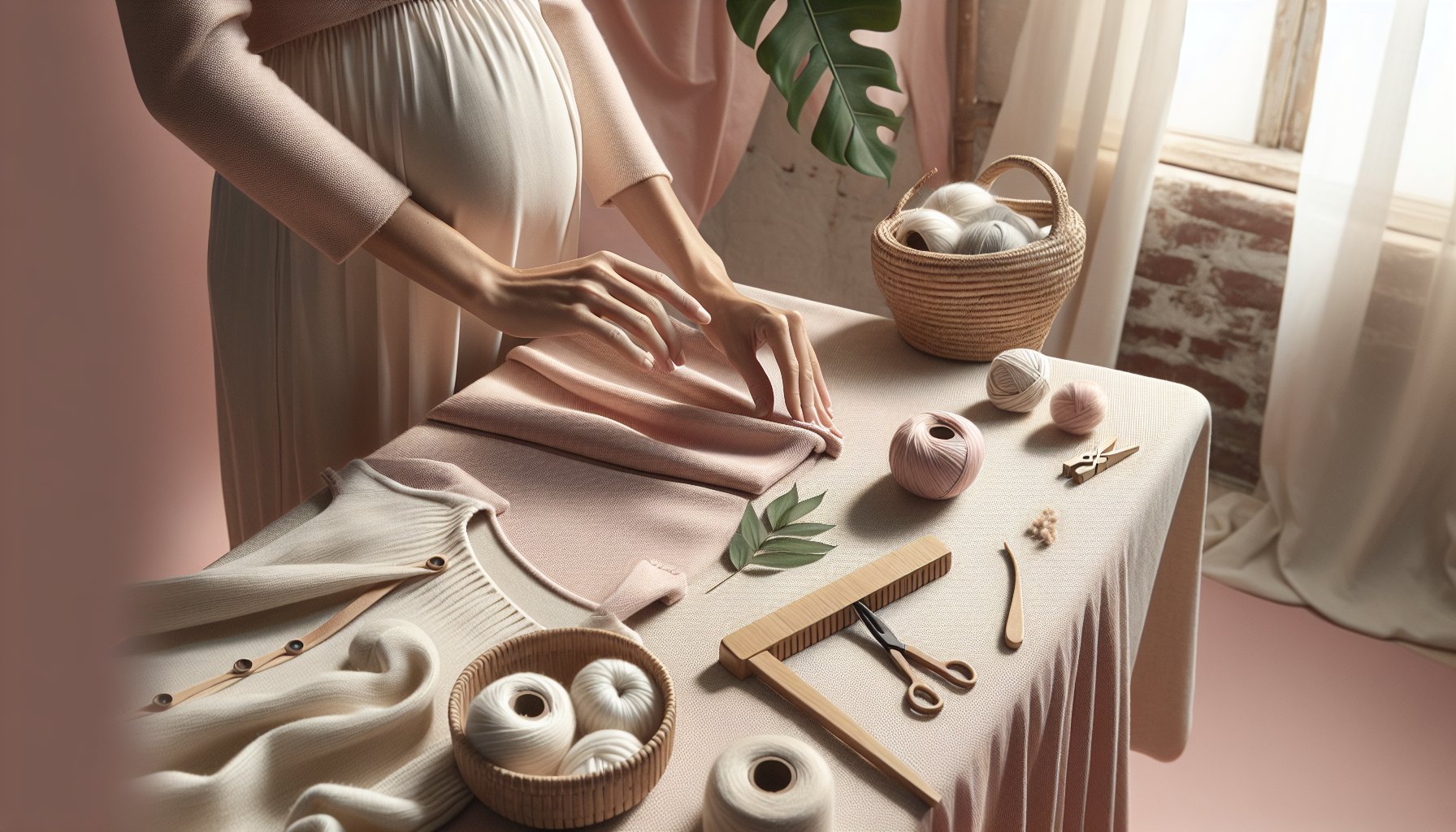Tops
The Evolution of Women's Tops: Fashion History Explained
Discover the fascinating evolution of women's tops from the 18th century to today. Explore how fashion reflects societal changes, personal expression, and the ongoing dialogue between tradition and innovation in 'The Evolution of Women's Tops: Fashion History Explained.'
Nov 01, 2025
6 min read

The Evolution of Women's Tops: Fashion History Explained
Threads of Time: Weaving Society’s Fabric
Fashion. History. Identity. These concepts are as intertwined as the threads in the luxurious fabric of a vintage Chanel blouse. The evolution of women's tops is no mere tale of changing hemlines and silhouettes, it's a narrative tightly woven with societal shifts, technological leaps, and brave expressions of individuality.
Starting in the 18th century, practicality and societal norms wrapped women like a cozy but restrictive embrace. Enter the bathing gown, a Martha Washington masterpiece from 1767. Made of linen and anchored by cheekily strategic lead weights to prevent embarrassing float-ups during sea bathing, this gown was modest yet cunningly practical, embodying the era's delicate dance between propriety and function. A woman in this gown was a reflection of her time, a testament to a society that valued modesty over mobility.
Splashing into the 19th Century: Modesty Meets Style
As we paddle into the 19th century, cultural tides began to shift. Women’s swimwear morphed from mere modesty shields into ensembles resembling fitted art pieces. Although swim dresses echoed contemporary fashion silhouettes, they served as reminders of societal constraints, layers of wool and cotton awkwardly weighed women down, reflecting the tension between emerging personal style and rigid social expectations.
20th Century: Fashion Rebels with a Cause
Zoom into the 20th century and say hello to liberation movements that danced onto fashion’s stage, particularly in women’s tops. With the 1960s as the backdrop, Mary Quant’s flirty, colorful designs marched hand-in-hand with social change. Miniskirts shattered conservative dress codes, and tops dared to go sleeveless and cropped, symbolizing a rebellion against the sartorial status quo. This era was loud and proud, a time when fashion began to truly reflect the independence women had long craved.
From Grunge to Glam: Late 20th Century’s Casual Revolution
Shifting gears into the late 1990s, fashion became a playground of comfort-meets-style. Grunge and minimalism made their mark, allowing tops to relax into oversized fits and clever fabric mixes. Fashion became a canvas for self-expression, revealing a generation ready to escape past constraints and celebrate authenticity over traditional glamour. Tops told stories, each thread a whisper of newfound freedom.
Fabric Beginnings: Back to Basics
Let’s rewind the clock and delve into the raw materials that started it all. In the days of yore, early humans wrapped themselves in animal hides and plant fibers for warmth and identity. The 18th-century bathing gown once again exemplifies this mix of function and modesty, a precursor to the elaborate corsetry that would follow.
The Corseted Era: A Tight Squeeze
Speaking of corsets, from the late 18th century to the early 20th, they ruled fashion with an iron (or whalebone) fist. Designed to mold female forms into the era's desired silhouette, corsets were equal parts elegance and oppression. They spoke volumes of society’s expectations for women to embody grace at any cost, often comfort and mobility. Yet, even as they laced up, women’s garments began subtly rebelling, hinting at a future liberation.
Flapper Chic: Dancing into Freedom
Enter the Roaring Twenties, a time when hemlines and inhibitions both lifted. Flapper dresses and tops with fringe and sequins boogied to jazz rhythms, celebrating newfound independence. Women embraced sleeveless cuts, defying old-school modesty. This sartorial shift echoed wider societal changes, as fashion became a vehicle for feminist ideals and personal liberation.
War-Time Wardrobe: Fashion Under Fire
Wartime fashion was practicality personified. From the Revolutionary War to World Wars, women adopted attire that was functional yet feminine. Embracing trousers and durable fabrics, tops evolved to reflect newfound roles in the workforce, clothing became armor in a fight for survival and identity.
Post-War Renaissance: A Fresh Start
After World War II, fashion experienced a renaissance. Dior’s "New Look" reigned, symbolizing exuberance and femininity. As women explored new identities, mod fashion and playful top designs in the 1960s celebrated youth culture and counterculture alike, echoing the era's refusal to conform.
Pop Culture’s Influence: Music Meets Mainstream
Ah, pop culture, the rule-breaker of the fashion world. From Janis Joplin’s bohemian tops to the Spice Girls’ bold, body-positive styles, icons shaped trends and toppled norms. Social media now catapults styles to the masses at warp speed, proving that music and fashion will forever be dance partners.
Fast Fashion: At What Cost?
Fast forward to the 21st century and enter fast fashion, a whirlwind of trends at tantalizing prices. While democratizing fashion, it’s spawned ethical dilemmas and environmental concerns. Yet, the rise of second-hand shopping and eco-friendly brands suggests a yearning to return to thoughtful craftsmanship.
The Future Fabric: Tech and Tradition
As tech meets textiles, we stand on the brink of a fashion revolution. Smart fabrics that monitor health and change color, alongside sustainable materials, promise a future where style meets substance. Espace Cannelle and others lead this charge, using innovation to craft narratives that empower and sustain.
Beyond the Hem: A Tapestry of Stories
Finally, the story of women’s tops is a global mosaic of personal and cultural tales. From suffragettes’ strategic fashion choices to the vibrant kurtas of India, each garment tells a story of resilience and evolution. Fashion is more than fabric, it's a dialogue between the self and society, a reminder that what we wear is as significant as the stories we live.
So, as you slip on your next top, remember: it’s not just fabric, it’s history, identity, and a little sprinkle of rebellion, all sewn into one chic package.
TLDR Summary:
The evolution of women's tops unfurls as a vibrant tapestry of societal shifts, technological advances, and bold self-expression. From the modesty-clad bathing gowns of the 18th century to the rebellious fashion of the 20th, each era reflects a dialogue between fashion and identity. Corsets, flapper dresses, wartime utility, and post-war renaissance have all shaped this narrative. Fast fashion raises modern dilemmas, while tech and sustainability hint at an innovative future. Each piece of clothing is not just fabric but a story of liberation, culture, and personal journey.
Need Help?
Check out these related products that can help:








